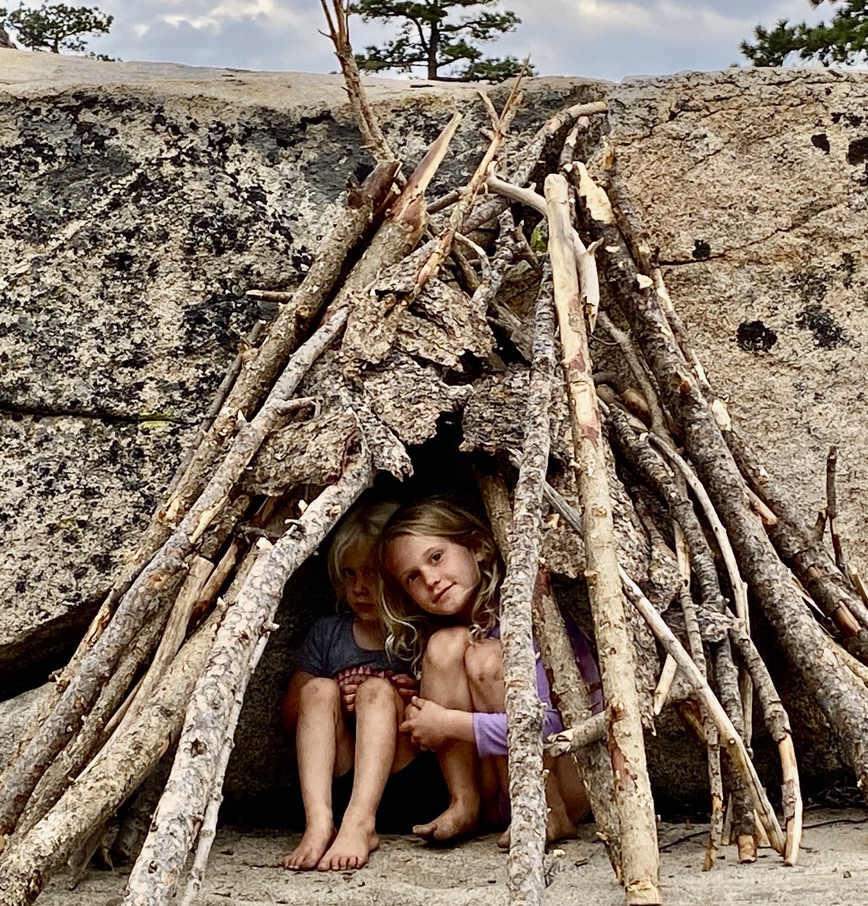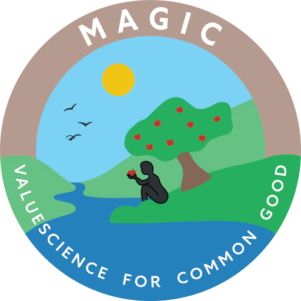Valuescience
Valuescience is both a product of Magic and its foundation. Though we encounter growing signs that others are increasingly understanding that prediction is a nexus between value—satisfaction we want—and science—best practices for discerning and realizing value. Yet, to our knowledge, Magic remains the sole organization explicitly dedicated to developing and disseminating this idea, which we do with research, teaching, and publishing.
Research
Even though everyone sciences to some extent to improve success in predicting outcomes of contemplated choices, few identify as scientists. Anyone who understands that all of us science thinks more readily as scientists do about sciencing better in every aspect of life. In 2022 we continued preparations for a randomized controlled trial of an intervention to support people in identifying as scientists and thereby becoming more conscious, consistent, and competent in sciencing. We look forward to using results to become more effective in disseminating valuescience to a wider population.

Teach
We rely heavily on one-to-one, which we’ve found singularly effective in communicating valuescience—a radical idea tied to the very core of personal identity, and about which individuals typically hold strong opinions tightly and change them reluctantly. In the past year we’ve engaged hundreds of interlocutors, including service learning community residents and guests, and program volunteers and clients. We also met with elected officials (e.g., Congresswoman Anna Eschoo, County Supervisor Joe Simitian, and Palo Alto City Council members-elect Ed Lauing, Vicki Venker, and Julie Lythcott-Haims) to promote valuescience-based policy.

We engaged with groups by presenting valuescience in corporate (e.g., Bay Area Amazon employees in an online Earth Day webinar) and educational (e.g., Stanford Epidemiology seminar) settings as well as by offering weekly in-person, online, and hybrid valuescience seminars, each attended by 3–10 participants.
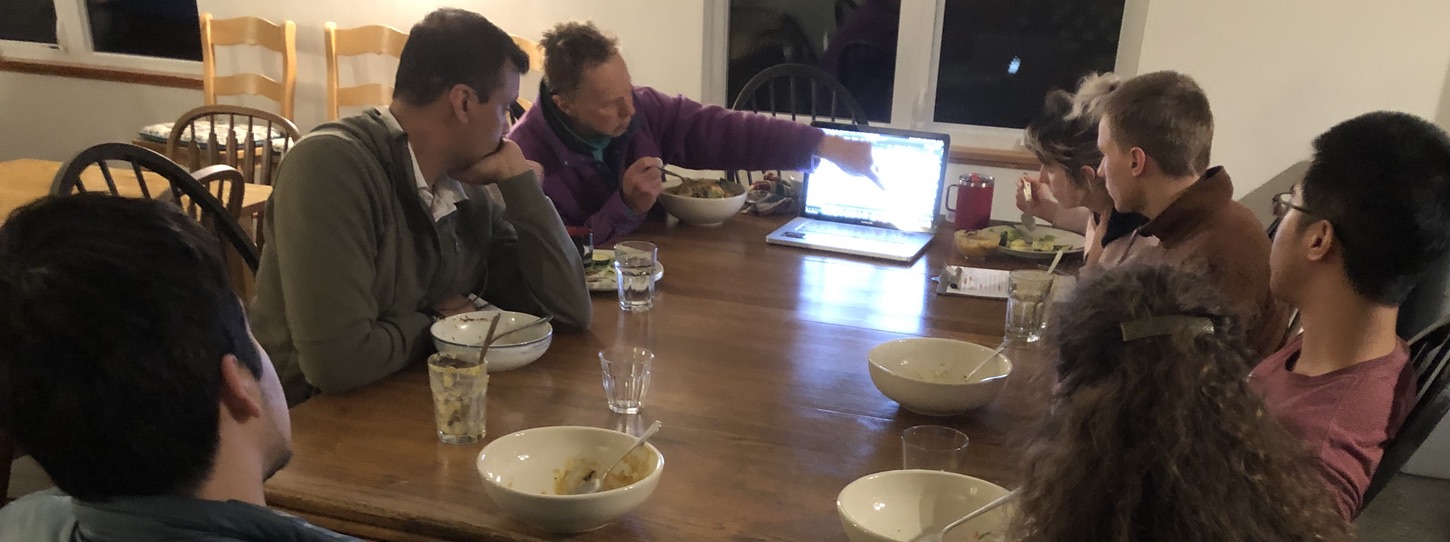
Publish
In 2022 we published “Magic Ever-Evolving” and “Language We Live” in Communities magazine.
Results
In 2022, we enjoyed emails, letters, calls, and personal visits from students, clients, and collaborators spanning every decade of Magic’s history. While we’re accustomed to hearing appreciation for valuescience lessons learned, we’ve felt surprise at the upsurge in the number and intensity of recent acknowledgements. In a related development, a growing proportion of those to whom we’re introducing valuescience are responding with interest, openness, and offers of and requests for assistance and collaboration. We’re conjecturing that as people become more cognizant of the rising costs and shrinking benefits of business as usual, we’re better able to recognize the essential role of valuescience as a foundation for successful adaptation.
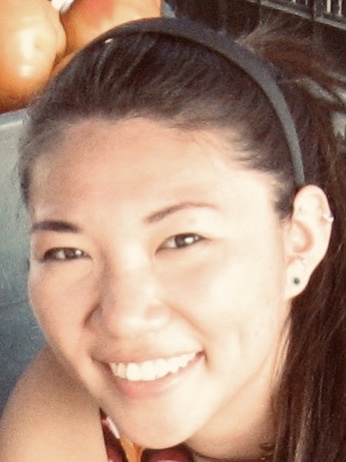
—Vicki, 2015 resident, returning April, 2023
Residential Service Learning Community
As we’ve adapted to the recent course of the COVID pandemic, we’ve cautiously regrown the residential community. During 2022 we guided 26 residents from nine countries and seven US states in creating valuescience-based service learning community; hosted twenty guests for a night or more each; and organized monthly hikes and seven camping trips for residents.

We also provided regular in-house hatha yoga, physical fitness, valuescience, and social dance instruction.

Mammoth
In 2022 we launched a long-contemplated initiative to establish a Magic outpost with ready access to wild nature, purchasing a residence and adjacent empty lot in Mammoth Lakes. We established there a satellite service learning community with four residents hailing from two countries and two US states led by new Magic Affiliate Brooke Rogers. She initiated Magic Mammoth service to extend our long tradition of reusing and recycling by volunteering with Second Chance Thrift Store.

The community is located in a part of Mammoth zoned for year-round residents and seasonal employees. We look forward to evolving a valuescience-based community with people from this population and exerting influence for science-based living in Mammoth as we have in Palo Alto.
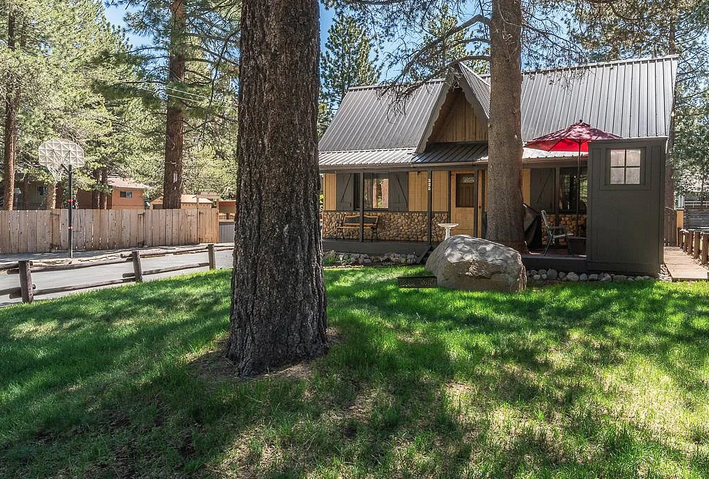
Outreach
The residential service learning community is both experiment and demonstration. We field dozens of inquiries each year from community seekers and showcase the community to hundreds of visitors, many of whom we host for dinner and conversation. In 2022, we continued our long standing tradition of hosting a Thanksgiving celebration by using rapid tests to allow 26 of us to safely gather during the ongoing COVID pandemic.
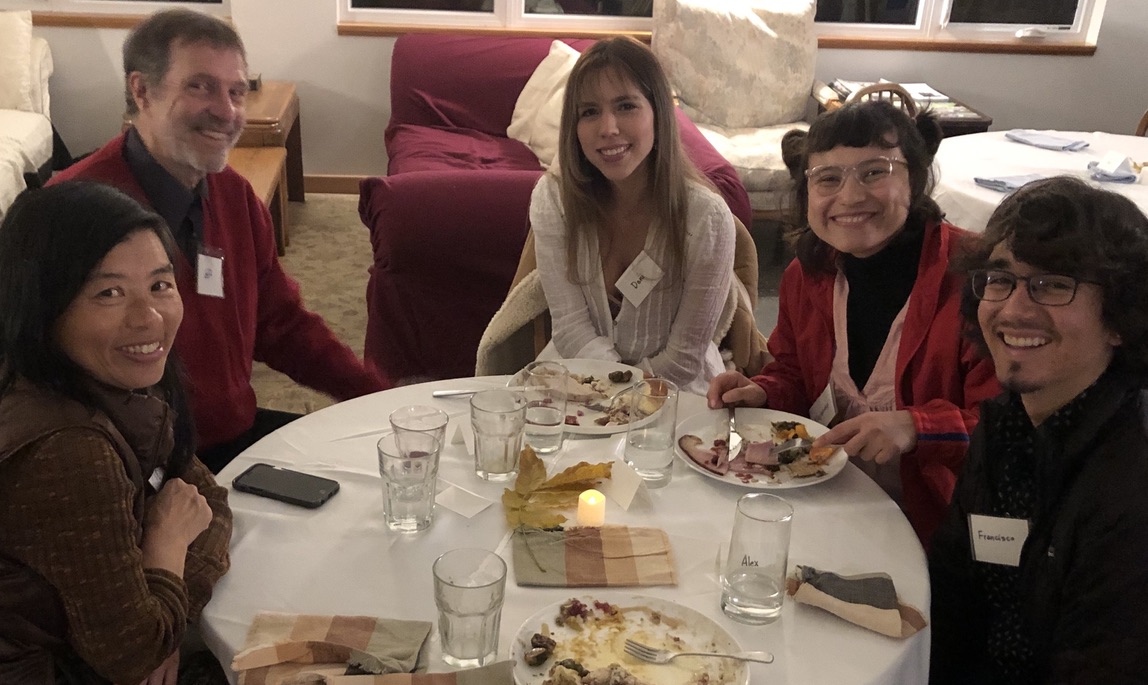
In 2010, Magic edited and published a 20th anniversary edition of The Art and Practice of Loving, a valuescience approach to a foundational element of the Magic service learning community. In 2022, as in each of the twelve prior years, we distributed dozens of copies to seekers and builders of loving community in its many forms.
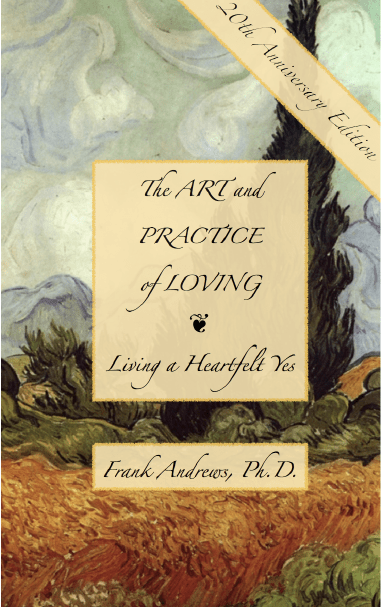
Planting for the Second Hundred Years
Soon after we began planting and caring for California native oaks on Stanford lands in the 1970’s, we realized that our influence upon volunteers—now numbering more than 20,000—who participate in these activities may well be far more important than any changes we make to the landscape.
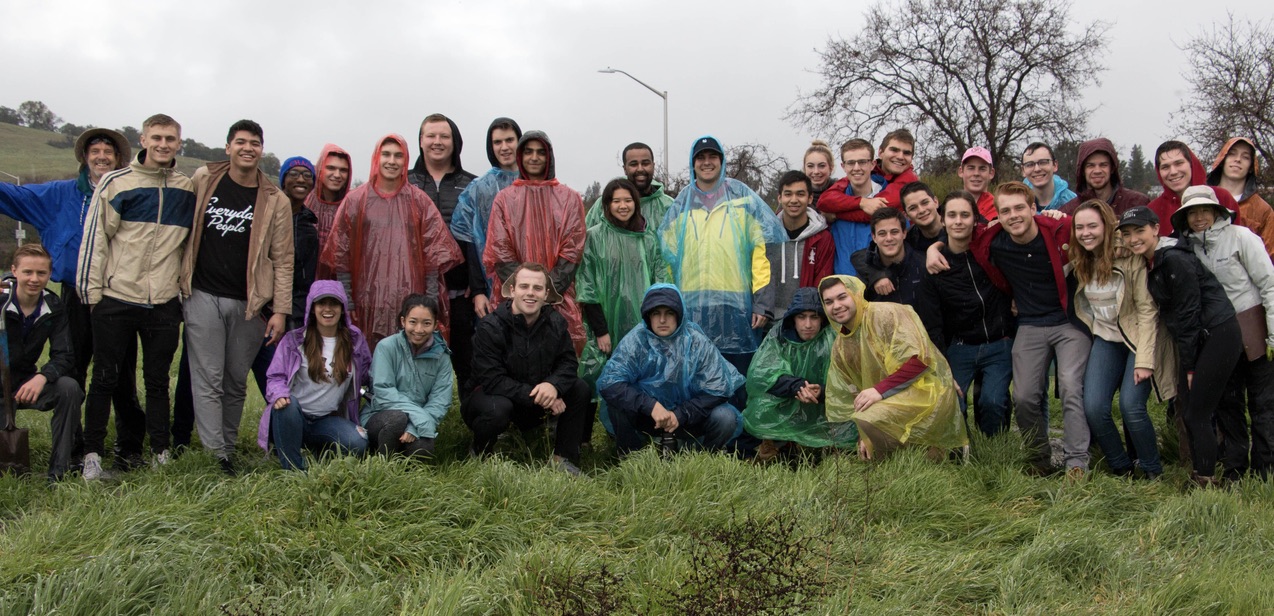
We receive from current and prior participants a steady stream of communications affirming this judgment.
—May, UCLA conservation biology major, volunteer since middle school

In 2022 we supervised 300 volunteers in more than 1,000 hours of oak habitat stewardship fieldwork, which included transplanting 20 oaks from Magic’s nursery into nearby open space used by 600,000 visitors annually and irrigating 400 oaks and otherwise maintaining 2,000 oaks we previously planted.
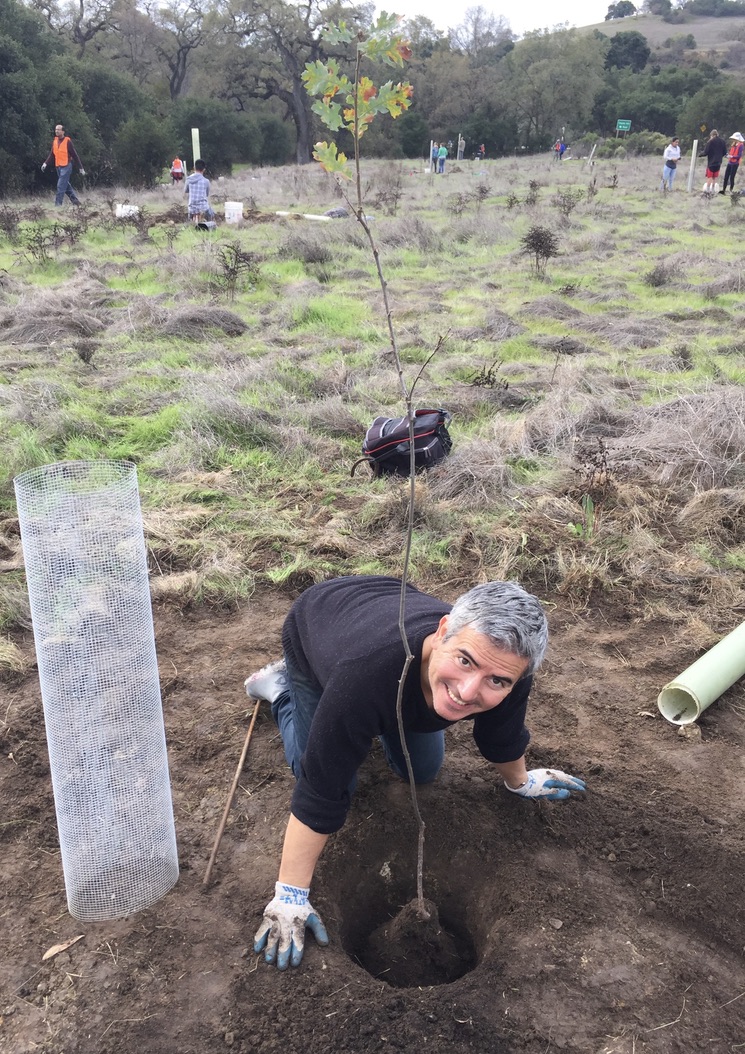
When former Planting for the Second Hundred Years project manager Dave Muffly, now a consulting arborist, assured us ready access to high-quality oak seedlings of any taxa we wanted, we closed Magic’s oak nursery, distributing its remaining stock to local residents for planting on public and private lands.

Monkeyflower Microbiome Research
Though few might imagine it, the community of microbes inhabiting nectar in individual blossoms on monkeyflowers can display many characteristics of island ecosystems and can yield similar insights.
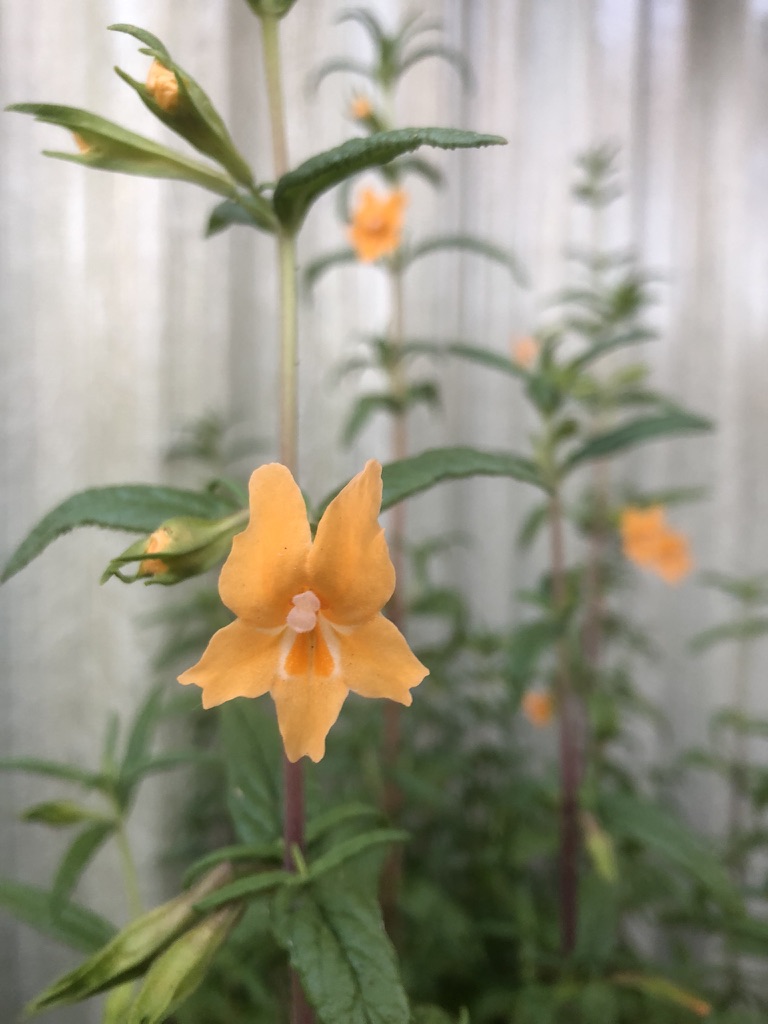
For three years Magic has partnered with Stanford Biology Department Professor Tadashi Fukami to return a native species, sticky monkeyflower (Diplacus aurantiacus), to a local ecosystem in support of his nectar microbiome studies and his curriculum improvements to allow undergraduate students to engage authentically in pioneering research.
In 2022, we recruited 100+ volunteers; supervised 400+ volunteer hours, maintained 512 plants at 16 sites in the Stanford Academic Reserve, replaced 100 failed plants, transplanted and nurtured more than 400+ additional plants in Magic’s nursery to provide additional replacements for future failures—most often as a result of gopher predation; and shielded the root balls of replacements with gopher-resistant wire netting.

We also hosted Professor Fukami at Magic for presentation of his and his students’ recently published research using these plants. In addition, we designed, constructed, and installed informational signs at three sites.

As with Planting for the Second Hundred Years, a major benefit of this project is the changing of hearts and minds we observe in volunteers and interested passers-by who ask what we’re doing. Each of their “Aha!” moments is a confirmation of success in widening the circle of ecological sensibility.
Silicon Valley Barcode of Life
Five years ago we initiated Silicon Valley Barcode of Life to catalog local biodiversity and teach about its import, threats to it, and ways to protect it.
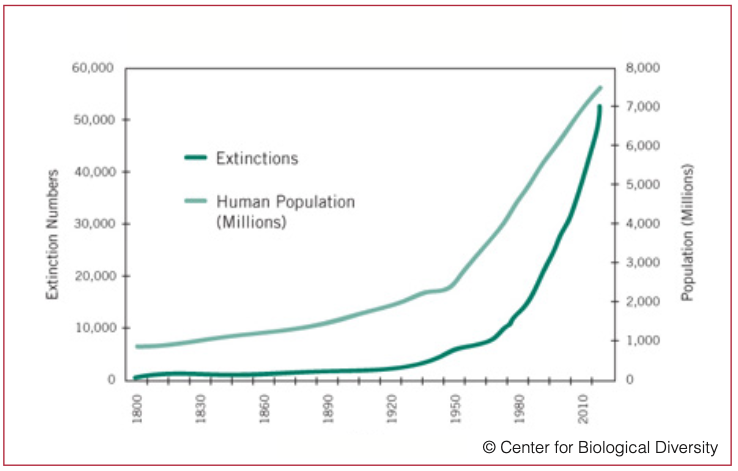

Though a much greater adverse impact upon human well-being than climate destabilization, bioannihilation has garnered far less attention.
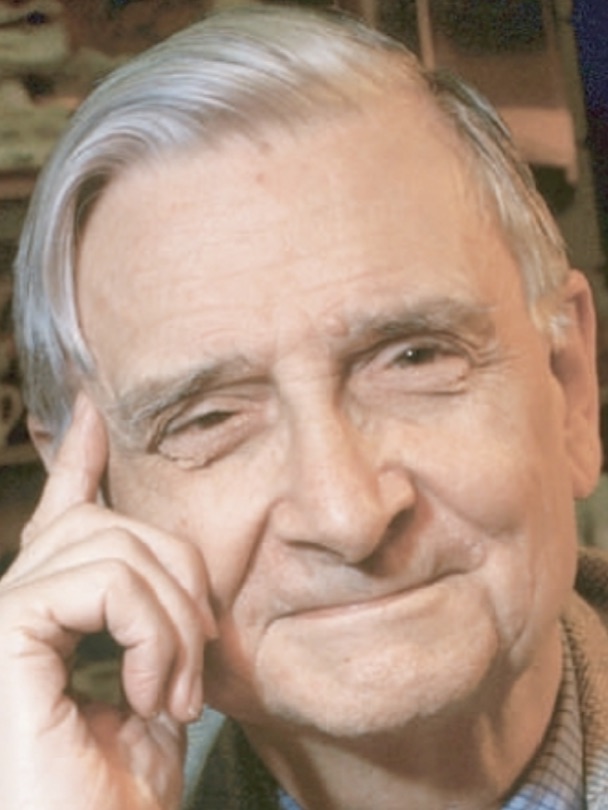
—E. O. Wilson (1929–2021), eminent Harvard biologist
SVBOL received a welcome boost late in 2022 when COP-15 international biodiversity conservation meetings in Montreal briefly generated headlines (example from New York Times below) priming people to heed more carefully our message and act on it.

Global Malaise Program
A large component of our work was as one of ~150 scientific partners in the Global Malaise Program, through which we completed year-long Malaise trap collections at Hidden Villa Organic Farm and Wilderness Center, Palo Alto Foothills Nature Preserve, and the Stanford University Academic Reserve as well as summer collections at the Tamarack Lodge in Mammoth Lakes.

We cleared traps weekly, preserved the more than 20,000 specimens we captured by immersing them in ethanol and storing them in a Magic freezer, and sent them at year-end for sequencing by the Canadian Center for DNA Barcoding (CCDB).
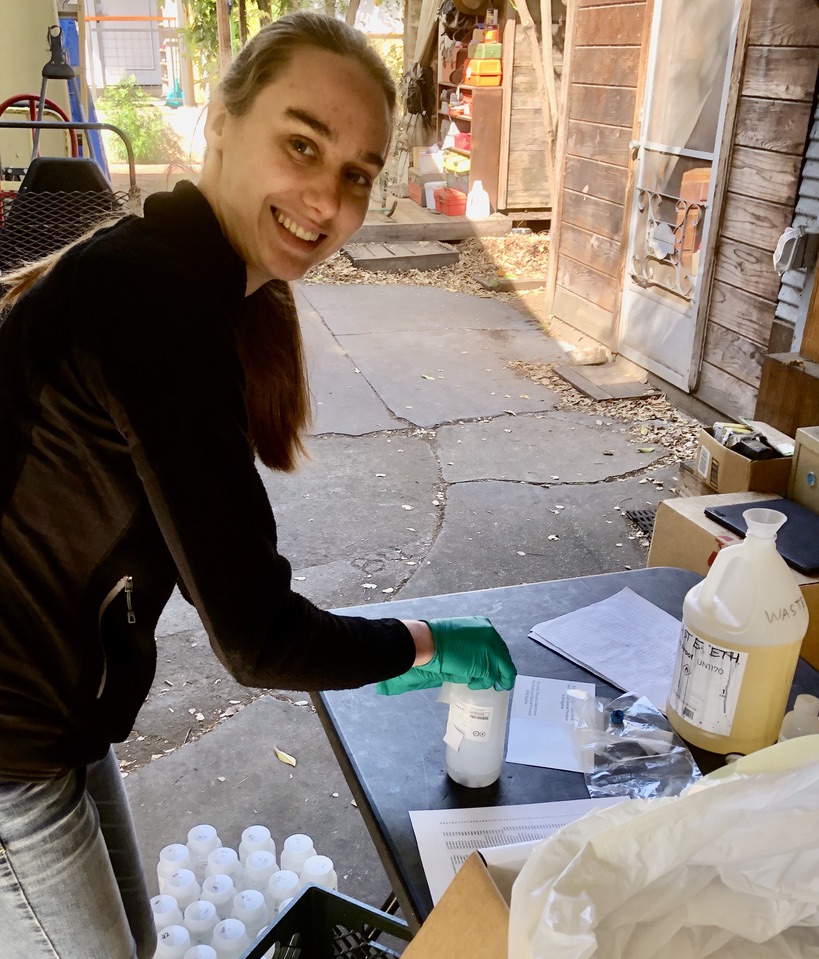
Hand Collection
We also hand-collected more than 100 unique arthropod specimens in the Mono Basin and surrounds, a locale where we began working in 2020.
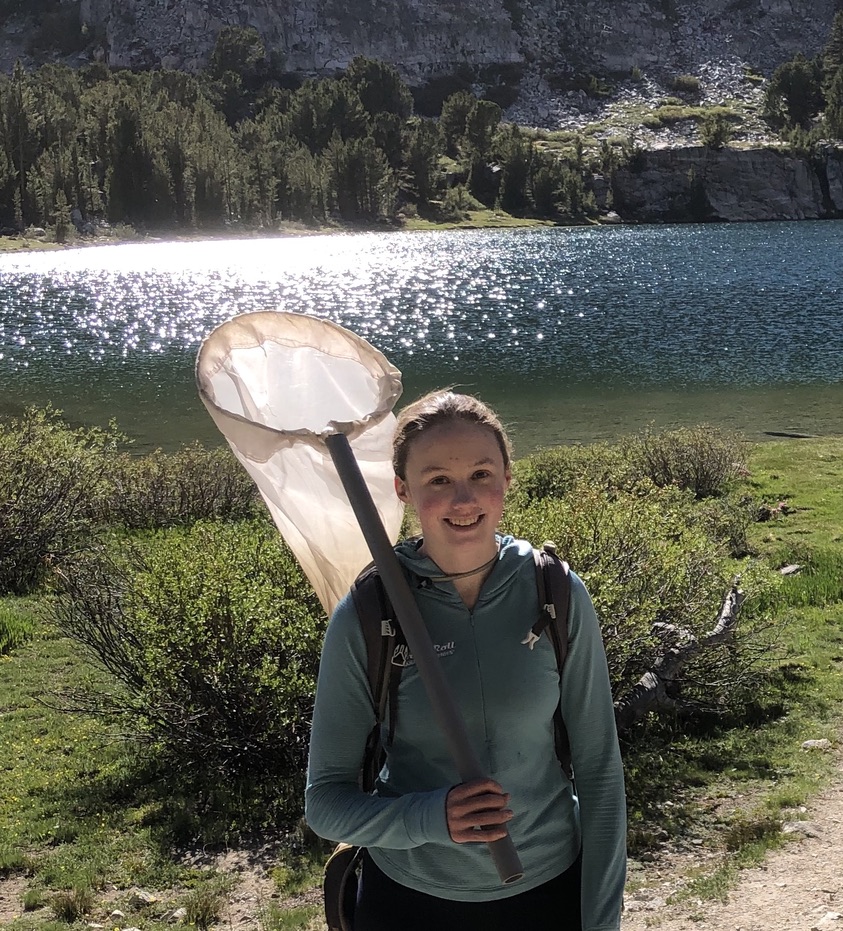
We voucher photographed each of these, extracted tissue samples, loaded them into microplates required for sequencing, processed and uploaded associated data, and sent the microplates to CCDB.

Contribution to Barcode of Life Database
To date SVBOL has contributed 500+ previously absent unique sequences to the Barcode of Life Database (BOLD). Once we’ve sufficient funds to sequence the remaining half of our collection, we estimate that we’ll contribute hundreds more.
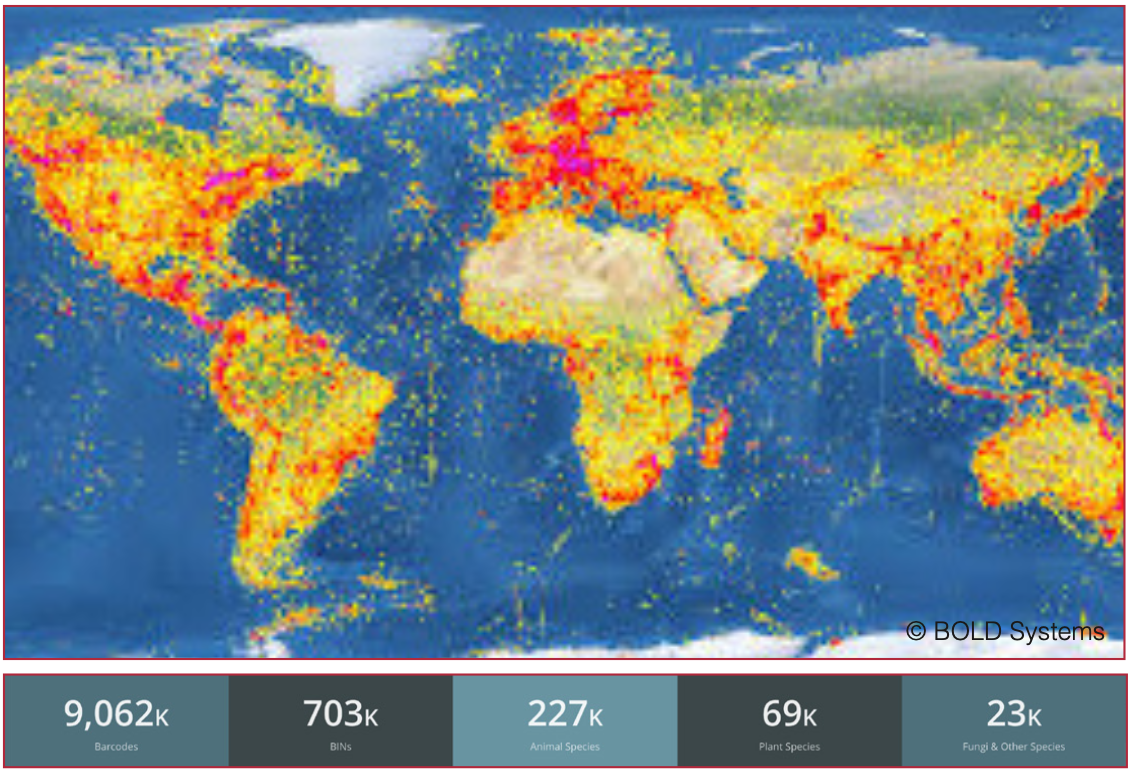
In recognition of our work we were invited to the Center for Genomic Research at the University of Guelph in Ontario, Canada, to meet with leadership—including Director Paul Hebert, PhD, inventor of DNA barcoding—and staff.

Teach
Throughout the year we presented “Conserving Biodiversity to Forestall Collective Impoverishment,” our call to biodiversity conservation, to civic and business groups (e.g., Anaheim Rotary Club) and informal gatherings. Our purposes were to inform and to inspire action, including giving to further SVBOL’s cataloging and teaching by defraying costs of sequencing, our largest cash expense and something beyond what we can accomplish with our and our volunteers’ skills and equipment.
Publish
We substantially broadened our audience with two publications. “From Concern to Action: Silicon Valley Barcode of Life” appeared in the International Barcode of Life Bulletin read by biodiversity researchers worldwide.

Biodiversity at Hidden Villa, available in print and online, a 150-page—with 200+ full-color graphics and photos—description of our inaugural project has reached readers in several states. We’re discussing with Hidden Villa staff its sale through their visitor center and its use in their educational programs enrolling thousands of schoolchildren each year.
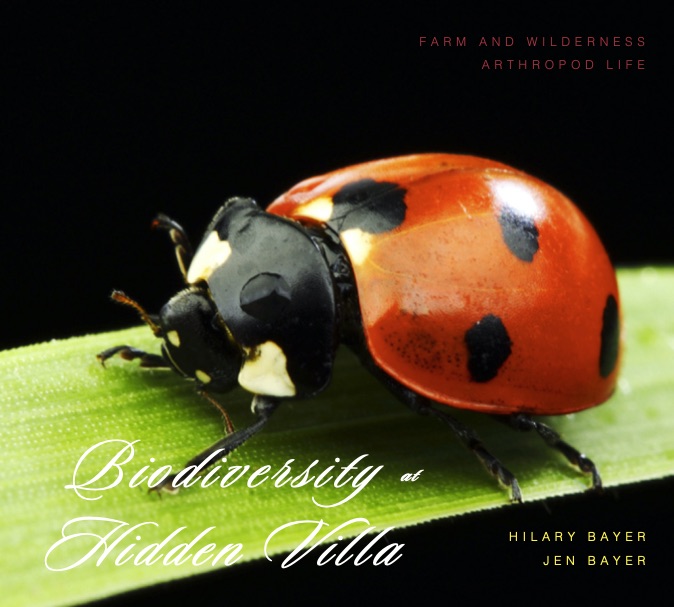
Reduce Waste. Feed People.
Like much else that Magic has done for decades, reduction of food waste has elicited growing attention locally, nationally, and globally. We take pleasure in having led in diverting surplus from the solid waste stream and in having had a hand in affording access to healthful food.
On more than 300 days last year we collected a total of 25 tons of surplus from two dozen California Avenue Farmers’ Market vendors and from Country Sun Natural Foods, processed it, delivered acceptable items to local charity Community Services Agency to thousands of hungry clients, and salvaged as we were able from what remained for use at Magic.
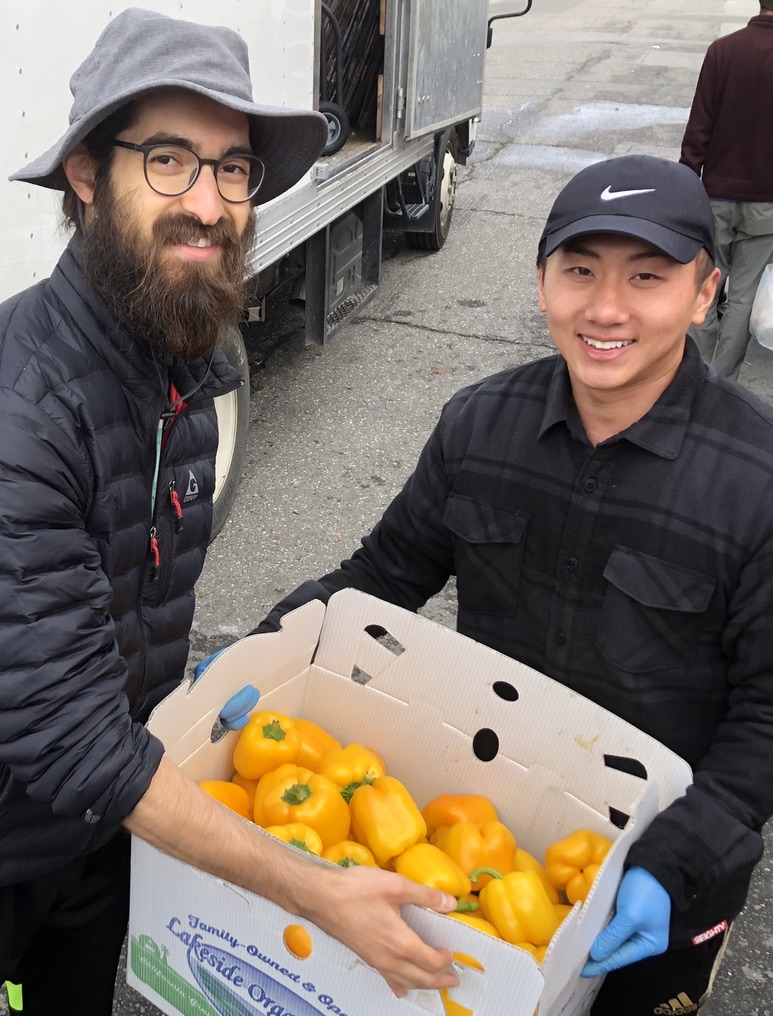
To increase understanding of Magic’s service, we regularly distribute information about the program to all market vendors, including those yet to participate, and strengthen both their and market patrons’ awareness with an explanatory sandwich board sign, volunteer name tag lanyards prominently displaying Magic’s logo, and as of this year, magnetic Magic logos on the truck and van with which volunteers transport food.
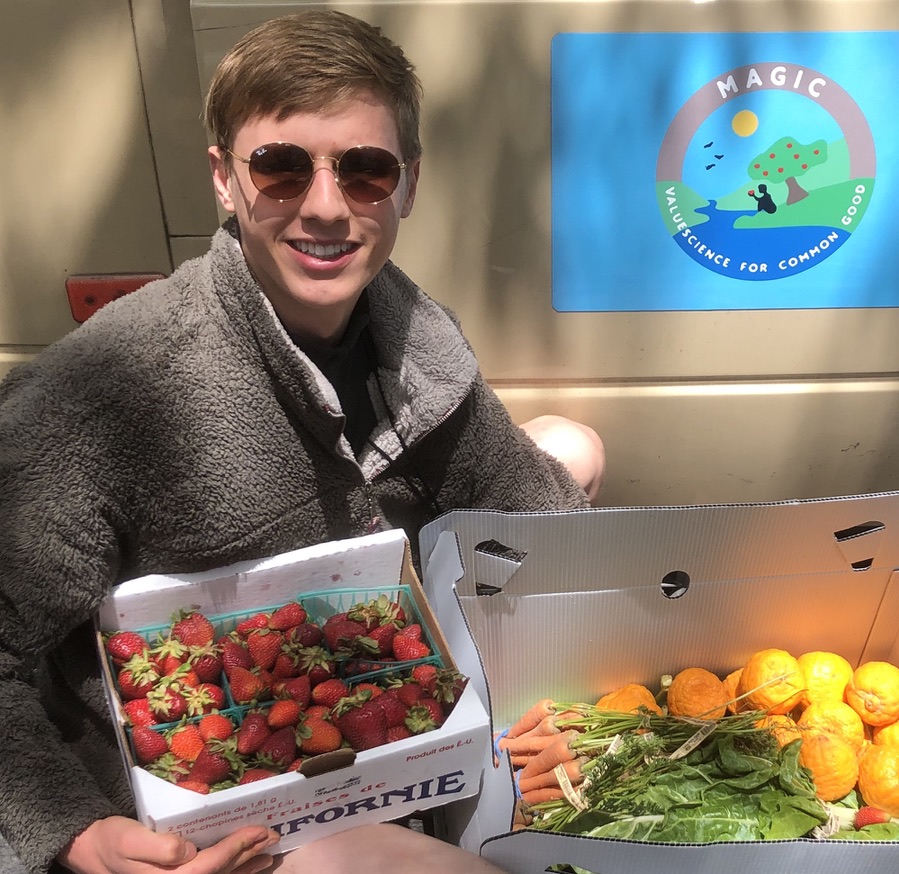
Liveable City
Since the mid-1970’s, we at Magic have actively advocated and organized others to support ecologically informed land use and transportation planning. We’ve researched, published, lobbied, and testified, and we’ve achieved national recognition for our successes.
Evergreen Park Neighborhood Association
A key element of these has been the Evergreen Park Neighborhood Association, which we founded in 1980 and have led for most of the past 42 years. In 2022 we took great satisfaction in contributing to drafting a revised association charter and to entrusting leadership of the association to officers elected from a group of neighbors eager to accept it.

We continued to serve the association by joining with others to organize an end-of-school block party and by co-hosting the 42nd annual Evergreen Park Neighborhood Association autumn picnic. Each of these events was attended by over 100 neighbors, and the latter included appearances from city council and school board candidates campaigning for the election to be held a month later.
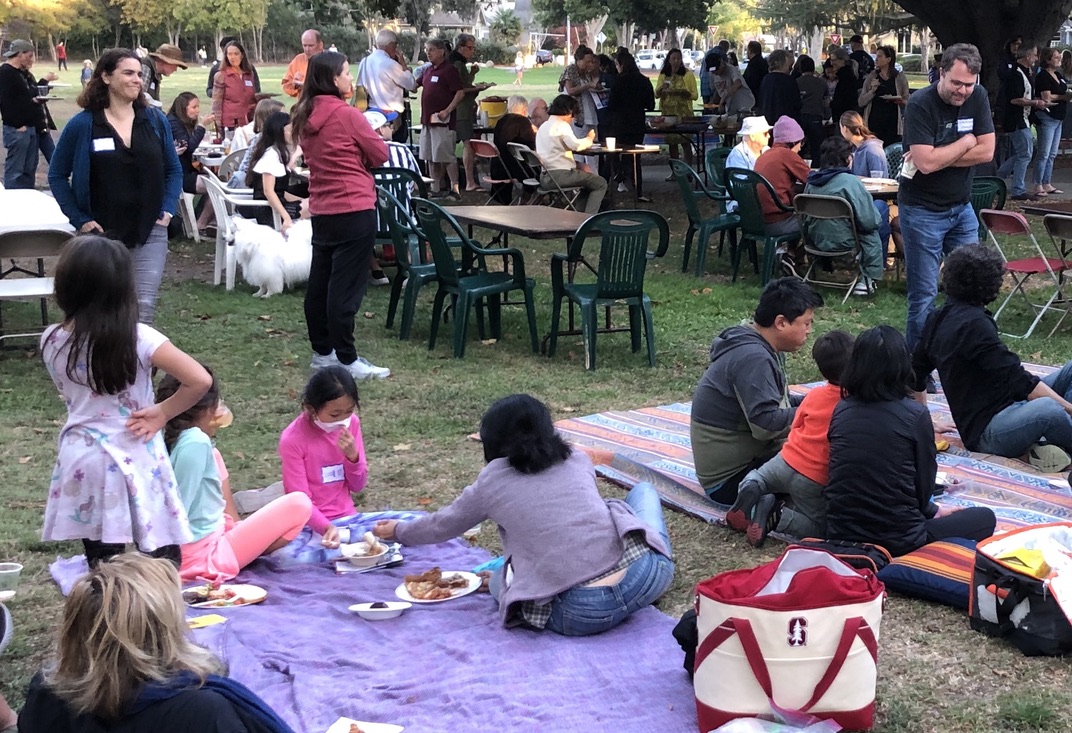
Advocacy
Over the years we’ve won restrictions on short-cutting through neighborhoods, use of gas-powered debris blowers, and office construction in a community already long on jobs.

In 2022 we advocated an ecological approach to landscape design and maintenance by creating and distributing educational posters and brochures about further regulating debris blowers. We backed a transition to a steady-state society at meetings of the umbrella group, Palo Alto Neighborhoods (PAN), and in letters and testimony to local government bodies.

We supported the Palo Alto bicycle advisory committee in securing city council endorsement for Safe Streets Palo Alto. We also joined partner organizations including the Committee for Green Foothills, the Tuolumne River Trust, and the American Bird Conservancy in advocating for protection of biodiversity and wildlife habitat, and for design of artifact to reduce risks to wildlife. Finally, we joined in a letter-writing campaign encouraging registered voters in swing states to cast ballots in the mid-term elections.
Healthful Living
Inspired, encouraged, and instructed by fellows and others in the residential service learning community who apply a large and rapidly accumulating body of scientific evidence to cultivate healthful lifestyles, people often become healthier through their interactions with Magic. In 2022, we guided residents and clients in 200+ hours of life-planning, hatha yoga, weight-training, swimming, running, and indoor rowing, and provided 100+ hours of counsel about forming sound sleep, dietary, meditation, and gratitude habits.

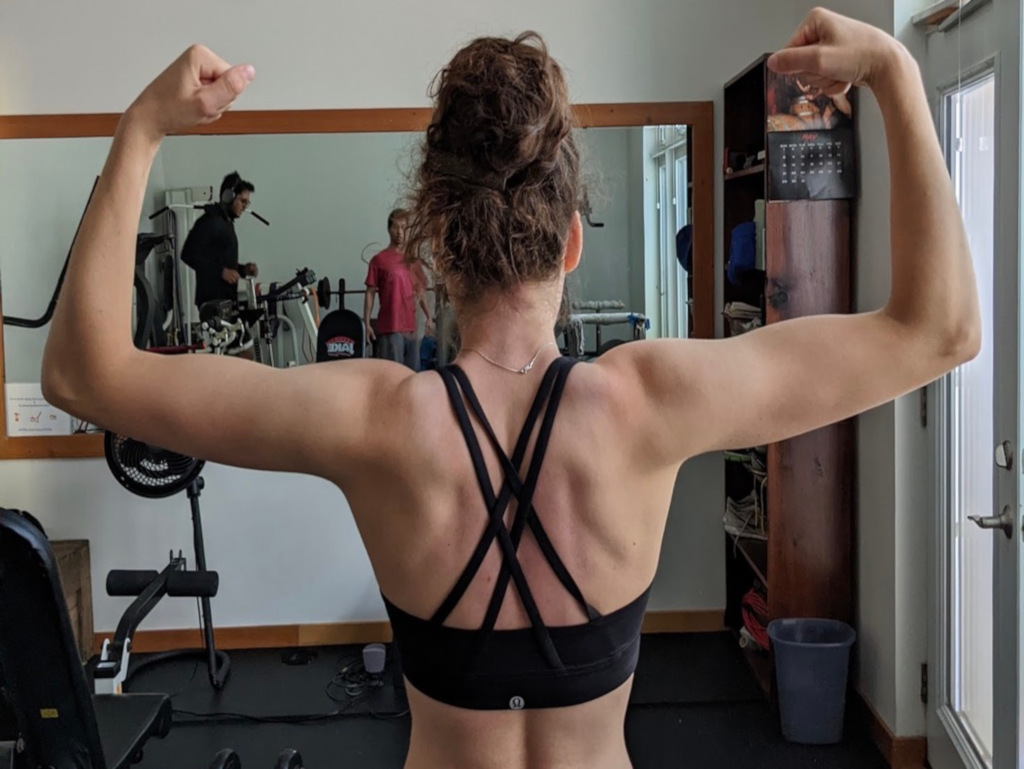
Escondido Outings Club
To enable other small public service ventures aligned with Magic’s mission to reap benefits of tax-exempt status and reduce transaction costs of establishing a separate entity that detract from their capacity to achieve their charitable objectives, Magic sometimes serves as fiscal fiduciary. For several years, we’ve performed this function for the Escondido Outings Club, a local organization which conducts river rafting and backpacking trips to provide experiences in wild nature for people of all ages.
In 2022, Outings Club leaders organized nine river rafting trips for a total of 50 participants, four camping trips for a total of 85 people who enjoyed a total of 115 person-nights under the stars, and four ski trips for adults 50+ on eight ski days.
